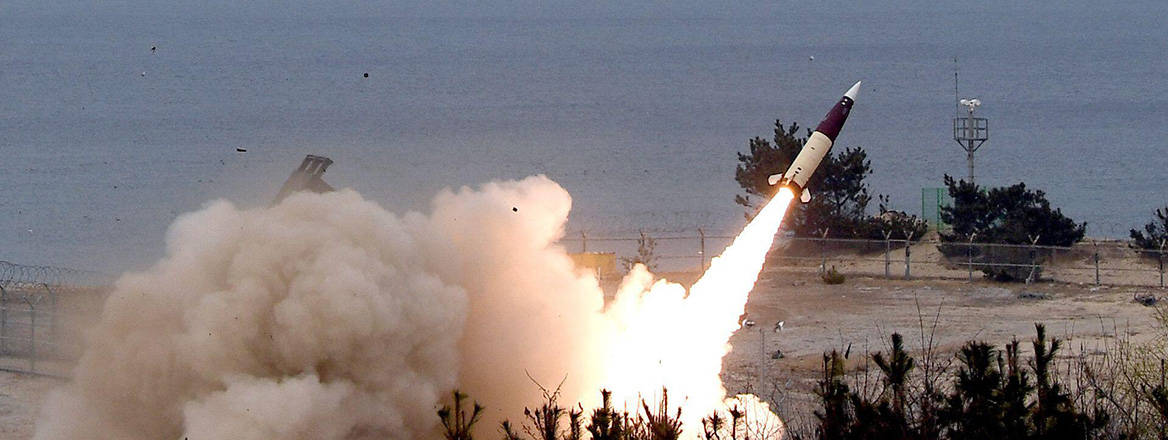Net Assessment of Russian and NATO Capabilities in a Modern Strike Campaign
This paper assesses the role of long-range strike on the modern battlefield, and finds that the deterrent and competitive effects of long-range strike outweigh their impact in conflict.
Long-range precision strike capabilities and the ability to defend against them have an increasingly prominent place in Russian and NATO thinking about current and future warfare. This paper assesses the role of long-range strike on the modern battlefield and the relative competitive advantages of each side.
The paper finds that the deterrent and competitive effects of long-range strike outweigh their impact in conflict. While militaries often do find ways to weather the impact of long-range strike (as well as interdiction from the air – which is separate but related), doing so is disproportionately costly. Moreover, narratives regarding the impact of strike have an independent effect on military behaviour.
In Russia’s case, the country’s military thinkers have long been invested in the idea that the ability to dislocate an opponent at depth is of decisive importance on the modern battlefield. True or not, this will influence Russian decision-making in two ways: first, the speed at which forces can be dislocated in depth incentivises forward deployment and readiness, both of which run counter to scaling; and second, layered air defences against missile threats can be prohibitively costly in terms of interceptors.
Compounding this challenge is the fact that Russia has lost strategic depth, meaning that missiles which would previously have been understood as being effective at tactical ranges can now impact operationally and even strategically relevant targets. Russia can surmount this, but at a considerable opportunity cost in terms of layering air defences. This means that relatively anodyne strike capabilities such as short-range ballistic missiles can have a disproportionately competitive effect for NATO.
Equally, the Alliance faces its own competitive challenges. Chief among these is that both protecting critical military capabilities and providing security to a wide range of civilian targets will stretch NATO’s surface-based air defences beyond the limits of their capacity. In addition, the currently federated space-based infrastructure of Allied nations will become an economy of force target for Russia if it wishes to avoid running an arms race on unfavourable terms.
This paper discusses how the Alliance can use its own competitive advantages to shape Russian decision-making, and how it can mitigate the risk of Russia doing the same thing in return.
WRITTEN BY
Dr Sidharth Kaushal
Senior Research Fellow, Sea Power
Military Sciences
Juliana Suess
RUSI Associate Fellow, Military Sciences
- Jim McLeanMedia Relations Manager+44 (0)7917 373 069JimMc@rusi.org



